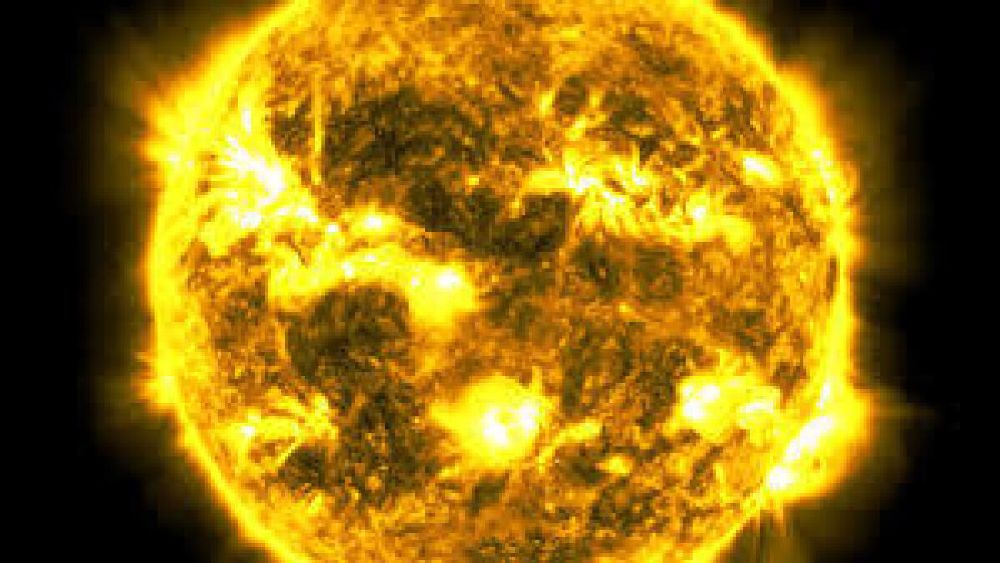
Researchers from NYU Abu Dhabi (NYUAD) have discovered a new set of waves in the sun that appear to travel much faster than predicted by theory.
The study, ‘Discovery of high-frequency-retrograde vorticity waves in the sun’, was conducted by researchers from the university’s Centre for Space Science and published in the journal Nature Astronomy.
In the study, researchers – led by Research Associate Chris S. Hanson — detailed how they analysed 25 years of space and ground-based data to detect these waves.
The high-frequency retrograde (HFR) waves – which move in the opposite direction of the sun’s rotation – appear as a pattern of vortices (swirling motions) on the surface of the sun and move at three times the speed established by current theory.
The interior of the sun and stars cannot be imaged by conventional astronomy (e.g. optical, x-ray etc.), and scientists rely on interpreting the surface signatures of a variety of waves to image the interiors. These new HFR waves may be an important puzzle piece in our understanding of stars.
Complex interactions between other well known waves and magnetism, gravity or convection could drive the HFR waves at this speed. “If the HFR waves could be attributed to any of these three processes, then the finding would have answered some open questions we still have about the Sun,” said Hanson. “However, these new waves don’t appear to be a result of these processes, and that’s exciting because it leads to a whole new set of questions.”
ALSO READ:
- Covid-19 Omicron: Scientists worry new variant may push up cases in US
- Firmenich inaugurates new regional HQ at Dubai Science Park
This research was conducted within NYUAD’s Center for Space Science in collaboration with the Tata Institute of Fundamental Research (TIFR) and New York University, using NYUAD and TIFR’s computational resources. By studying the sun’s interior dynamics – through the use of waves – scientists can better appreciate the Sun’s potential impact on the Earth and other planets in our solar system.
“The very existence of HFR modes and their origin is a true mystery and may allude to exciting physics at play,” said Shravan Hanasoge, a co-author of the paper. “It has the potential to shed insight on the otherwise unobservable interior of the sun.”










